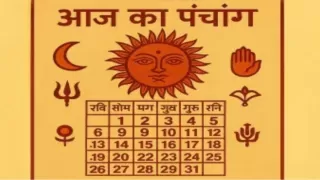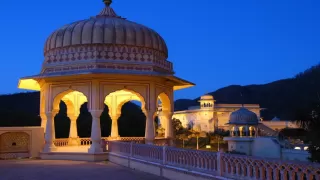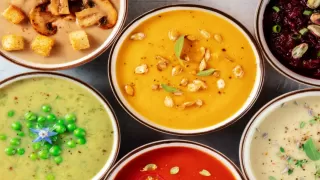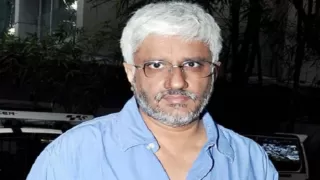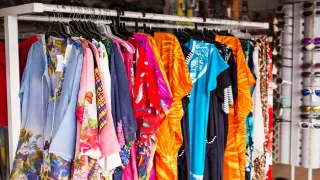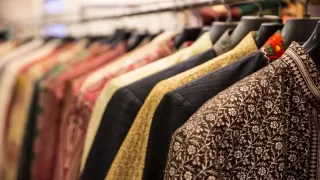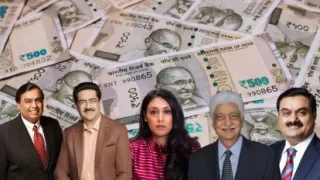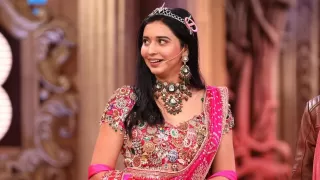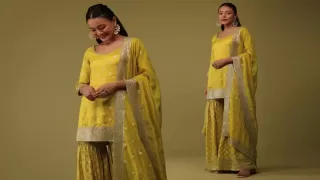The debate over India’s fashion capital has long been a tug-of-war between Mumbai and Delhi. Delhi is known for its extravagant couture and bold, statement-making ensembles, while Mumbai leans toward effortless, chic, and old-money glamour. Both cities have their loyalists who passionately argue about which one leads the fashion race.
But what if the real crown doesn’t belong to either? What if the beating heart of Indian fashion thrives in a city that doesn’t flaunt its glamour on glossy magazine covers but powers the very fabric of the industry? That city, without doubt, is Surat.
How Surat Became the Backbone of India’s Fashion Industry
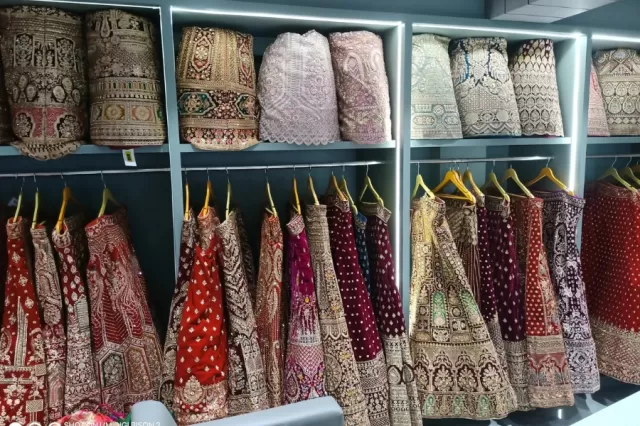
Unlike Delhi’s high-profile runway shows and Mumbai’s celebrity-driven style ecosystem, Surat operates quietly behind the scenes. It is the manufacturing powerhouse that fuels the country’s multibillion-dollar fashion industry.
- Surat runs nearly 3.5 lakh powerlooms, producing around 800 crore metres of grey fabric every year.
- With over 470 textile processing units, the city rolls out a staggering 1,200 crore metres of processed fabric annually.
From polyester chiffons and satin to georgette, velvet, and crepe, Surat manufactures the materials that India and much of the world wear. Whether it’s a designer lehenga in Delhi or a chic gown in Mumbai, there’s a strong chance the fabric was woven, dyed, or embroidered in Surat.
Speed, Scale and Sparkle in Fashion
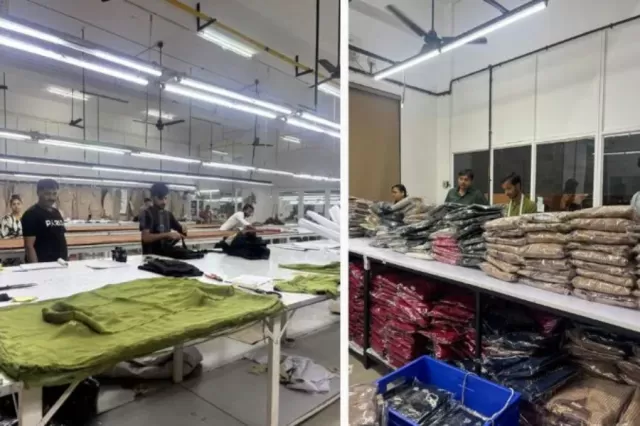
What sets Surat apart is its integrated ecosystem. Everything from yarn production and weaving to embroidery, printing, and finishing happens within the city. This vertical model allows Surat to respond to trends at lightning speed.
Spotted a red-carpet look in Bollywood or at Paris Fashion Week? Surat’s workshops can replicate it for the mass market in weeks, not months.
- The city boasts over 3,000 embroidery machines and 300 Schiffli units, making it the epicentre of sequins, zari, and embellishment.
- Surat is also India’s diamond polishing hub, now pioneering in lab-grown diamonds that are both sustainable and affordable.
Together, these elements create a unique synergy: Surat doesn’t just clothe India, it accessorises it too, marrying textiles with jewellery in one seamless ecosystem.
Local Brands Redefining Fashion
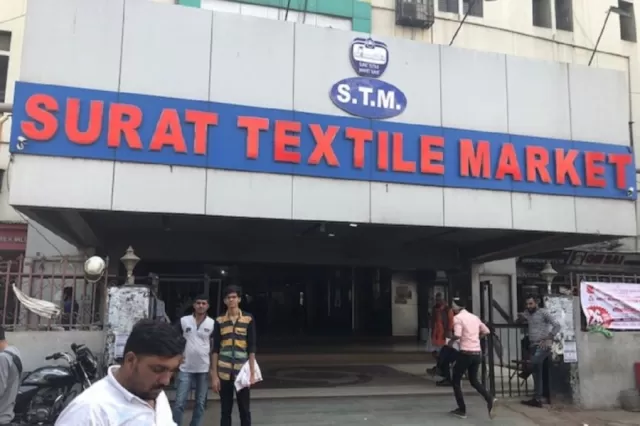
Surat isn’t merely a supplier city anymore; it’s home to homegrown brands with global ambitions.
Take Ganga Fashions, for instance. What began as an export house in 1990 has now become a recognised name in contemporary ethnic wear. In 2025, the brand launched its first-ever concept store at Nomads on Dumas Road, Surat.
Spread across 2,000 sq. ft., the store is designed as an immersive experience, combining fashion with culture and nature. With offerings across womenswear, accessories, skincare, and soon kidswear and menswear, Ganga Fashions proves that Surat is no longer content with being just a fabric hub; it is now creating lifestyle experiences.
As Creative Director Karishma Dalal explains, the decision to launch in Surat first was deliberate: staying close to their roots mattered more than chasing the metros. This local-first mindset is what gives Surat an edge; it values heritage while innovating for the future.
Surat’s Global Impact on Fashion Exports
India’s textile and apparel market is projected to touch USD 350 billion by 2030, with exports crossing USD 100 billion. Surat will play a pivotal role in this growth.
With global demand shifting toward man-made fibres (MMF) like polyester and rayon blends, Surat’s specialisation makes it the perfect export engine. Strategic collaborations, such as linking Surat’s fabric strength with Tiruppur’s garment exports, are setting the stage for India to become a dominant player in the global fashion supply chain.
Why Surat Deserves the Fashion Crown?
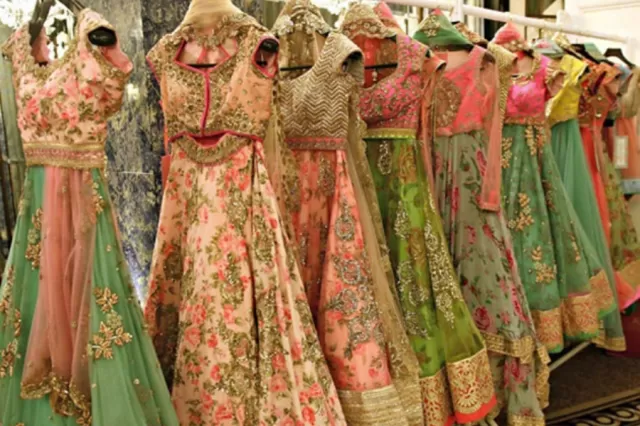
Delhi may dazzle with couture weeks, and Mumbai may sparkle with celebrity stylists, but the very threads, sequins, and fabrics they showcase often trace their roots back to Surat.
If fashion is measured not just by who wears it but by who creates it, Surat is undeniably India’s true fashion capital. It is the city that:
- Produces fabrics at unmatched speed and scale.
- Innovates with embroidery and embellishments.
- Polishes both natural and lab-grown diamonds for global markets.
- Nurtures homegrown brands that are now shaping India’s lifestyle landscape.
The next time you hear the endless Mumbai vs. Delhi fashion debate, remember, the real crown lies in Surat, where looms hum day and night, and where India’s style journey truly begins.
Also Read: India’s Top 5 Richest Families in 2025 — Net Worth & Businesses




